Anyone who has eaten real home-made food at least once in their life knows how much better it tastes than the processed food available in shops. How to make delicious, high-quality sausages at home? Read our guide and find the answers to this and several other questions

Anyone who has eaten real home-made food at least once in their life knows how much better it tastes than the processed food available in shops. How to make delicious, high-quality sausages at home? Read our guide and find the answers to this and several other questions
What makes homemade sausages better?
Homemade food is coming back into fashion. Many people are returning to traditional recipes in the privacy of their own homes, for example baking their own bread. Homemade sausages are also high on the list. You can use any meat you choose, season them to your own preferences, and they are cheaper and also healthier than commercially prepared sausages. You can basically prepare them as you wish.
How can you make sure your homemade sausages are tasty?
There are many homemade sausage recipes available. You can find them in cookbooks and on the Internet. However, there are some basic rules you should know in order to make your homemade sausages taste the best. High-quality meat is most important, preferably from animals from organic farms fed with natural ingredients.
Another important thing is to use both fatty and lean meat when making sausages. The fat makes the sausages more juicy. Adding fatty bacon could also do the trick. Juicy sausages taste better, but be careful not to overdo it.
Adding some water and spices to the meat is also important. An interesting idea could be using meat broth. Salt and pepper are a basic requirement when it comes to flavour, but spices such as mustard, marjoram or rosemary can also be used. The taste and aroma of your homemade sausage can also be enriched by adding garlic.
Sausage casing
A very important stage in the production of homemade sausages is stuffing them into the casing, which can be bought at the butcher’s. As they are stored in salt, you will have to rinse it off before stuffing them. The casing should be soaked in lukewarm water for about 20 minutes and then thoroughly rinsed inside and out under a gentle stream of water.
Next, prepare the meat filling by adding the spices. Knead everything by hand for about 30 minutes, adding water until the meat stops sticking to your hands. You can then start stuffing the sausage into the casing. To do so you can use a sausage stuffer or a grinder with the appropriate ending attached. You can lubricate the ending with fat to make it easier to attach the casing to it.
Then make a knot at the end of the casing. Now all you have to do is put the meat in the sausage machine and start turning the crank or press the switch. The meat should fill the casing evenly, but make sure that there are no air-holes between the pieces of meat. Every 6 inches, wrap the sausage in the casing by rotating it several times around its axis. You should now have some delicious sausages. After filling the casing, tie the other end with a knot, and hang the sausages for an hour to dry.
Sausage makers
Sausage makers are very useful both in commercial kitchens and for home use. They are used in small grocery shops, butchers and restaurants. Depending on the exact specifications, they can be used both in commercial production and for homemade sausages.
Sausage makers are simple to use and disassembly, as well as durable and easy to clean. They are made of stainless steel, which is resistant not only to corrosion, but also mechanical damage, and also easier to keep clean when frequently used. Additionally, stainless steel does not react with food.
Some models have a function that lets you change the working speed. Sausage funnels are usually included in the set, and can be swapped as needed, letting you prepare different sized sausages. Some sausage stuffers have the option to mount the funnel on both sides of the body, enabling use by both right-handed and left-handed people.
Sausage makers come in two basic types. The first one is used horizontally, the second one is used vertically. The choice between them depends purely on your individual preferences regarding convenience of use.
Of much greater importance is the capacity. To this regard, sausage makers should be chosen with the frequency of use and amount of sausages in mind. For purely home needs, a capacity of 3 litres should be enough. People interested in large scale sausage production, on the other hand, should go for a large capacity of even a dozen or so litres.
Other sausage making equipment
If you do not have access to a sausage maker, you can also prepare sausages in a jar, or you can also use a manual meat grinder, if it has a special ending onto which to place the sausage casing.
When making homemade sausages, a food smoker would also come in handy. You could even build one yourself, for example in your garden. A more convenient solution, however, would be to purchase a ready-made electric smoker. Regardless of whether you build your own food smoker or purchase a ready-made one, you can use it not only to smoke delicious sausages and other cold meat, but also cheese and fish.
Homemade sausages – summary
Homemade sausages are a delicacy, which unlike commercially sold products, can have just the right amount of high quality meat with no added preservatives or other unwanted ingredients, and will usually also taste better. However, this will also depend on the recipe that you use.
The taste of homemade sausages is influenced by the quality of the meat you use, as well as the choice and amount of spices added. Following general advice, such as using both lean and fatty meat in order to make the sausage more juicy, will also influence the end result. When making sausages at home, you can use a sausage maker, a meat grinder with a special ending, or prepare them in a jar.

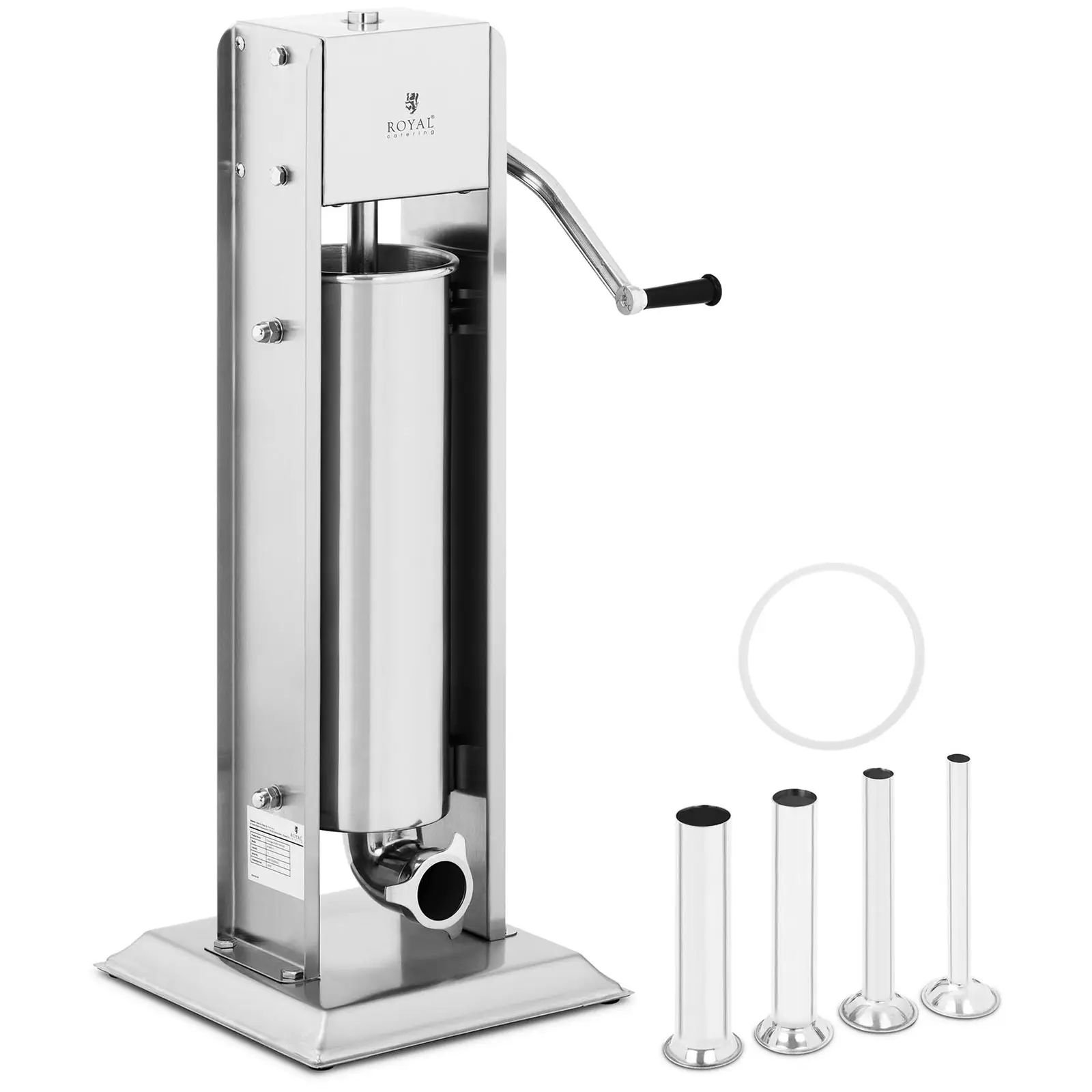
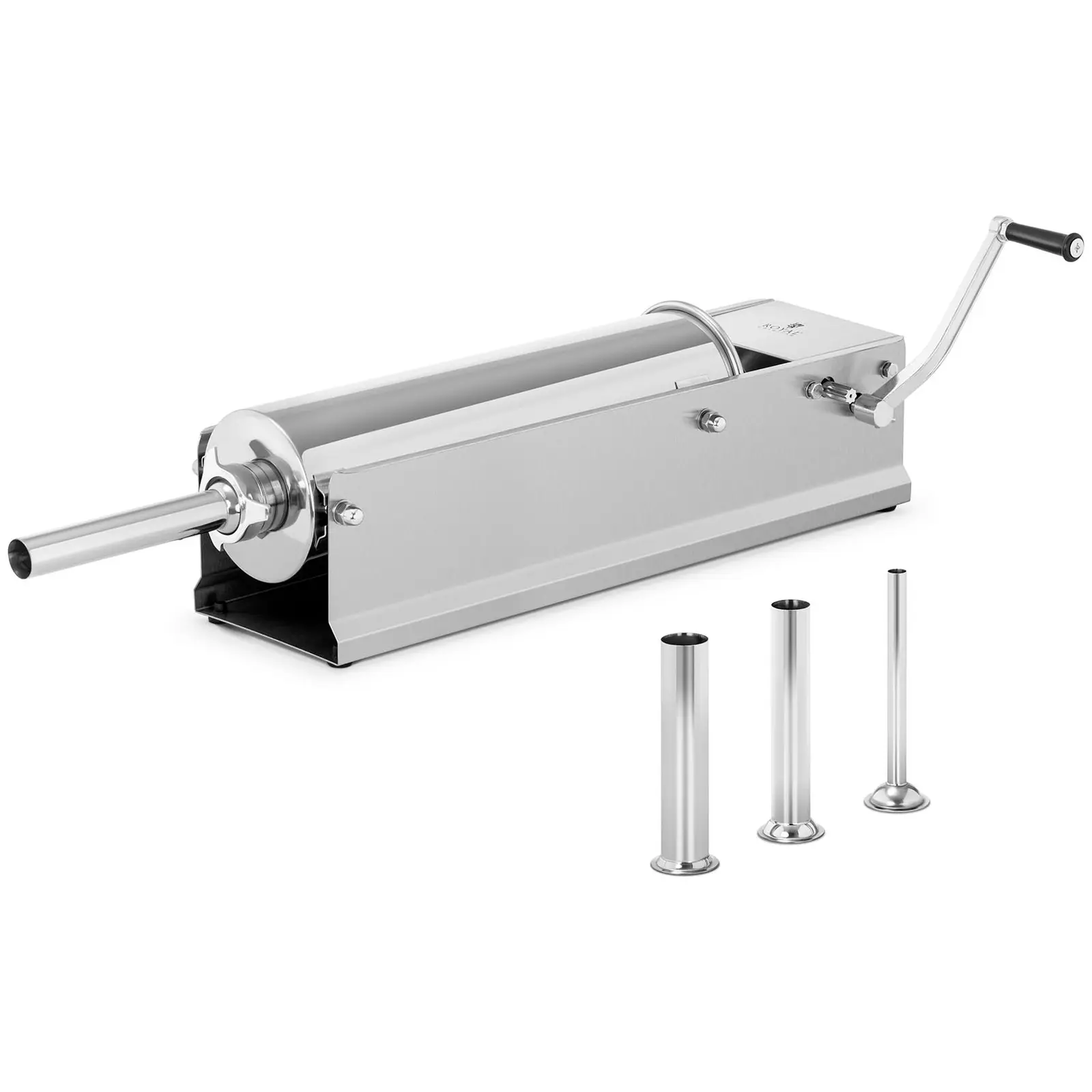

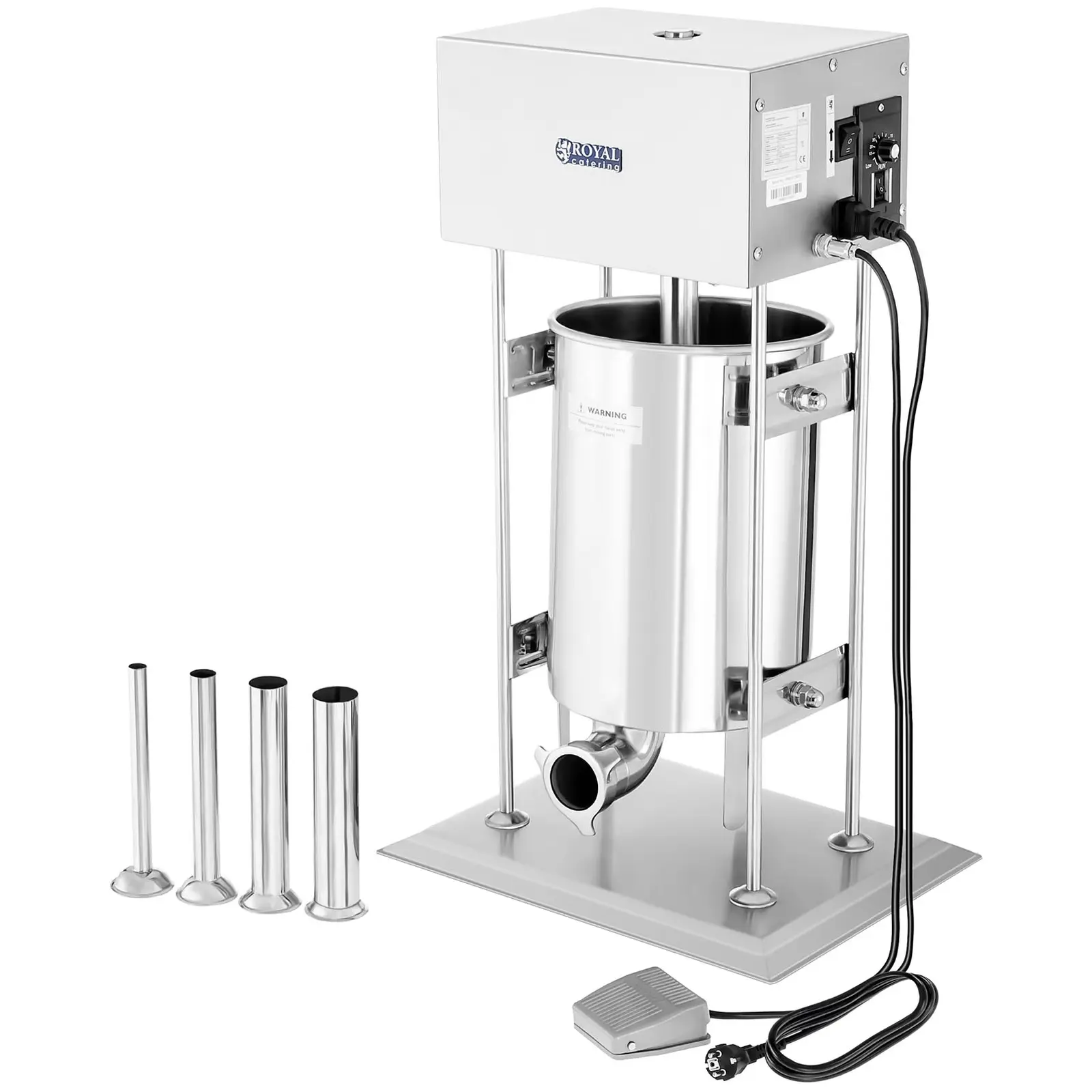
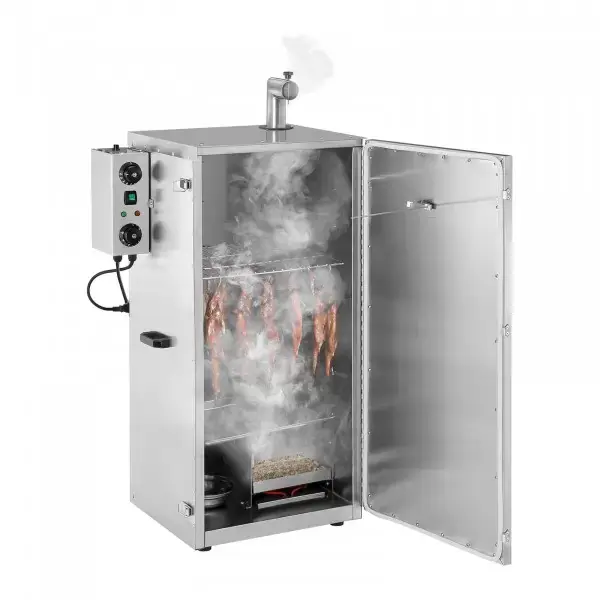
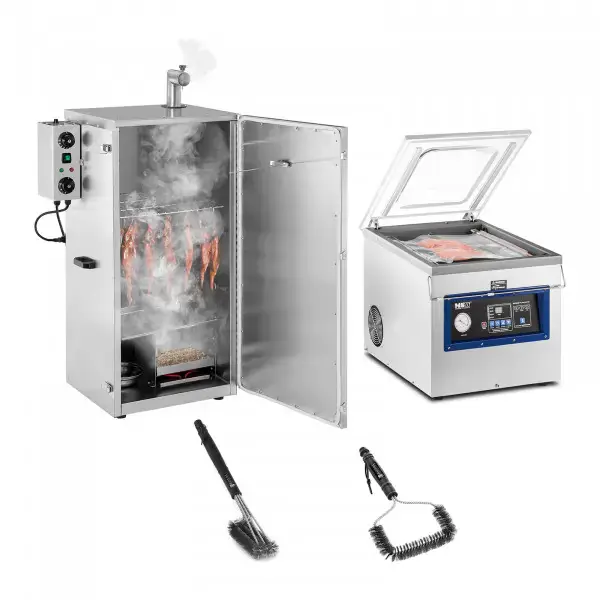
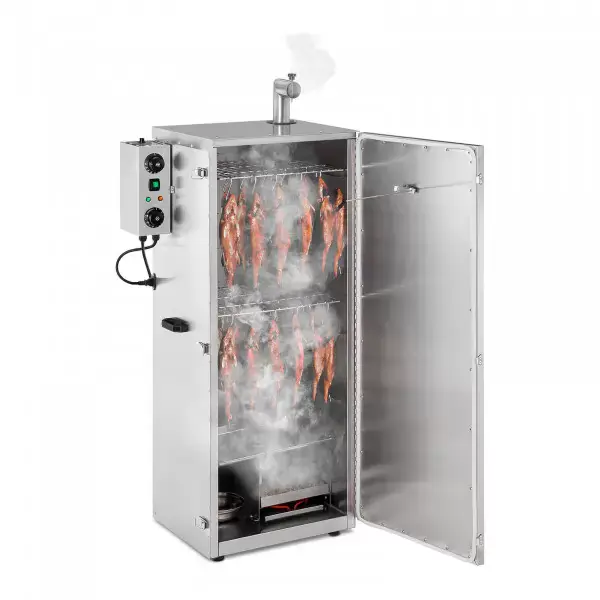


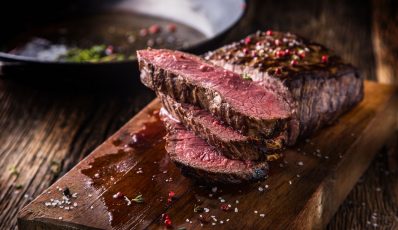


Share